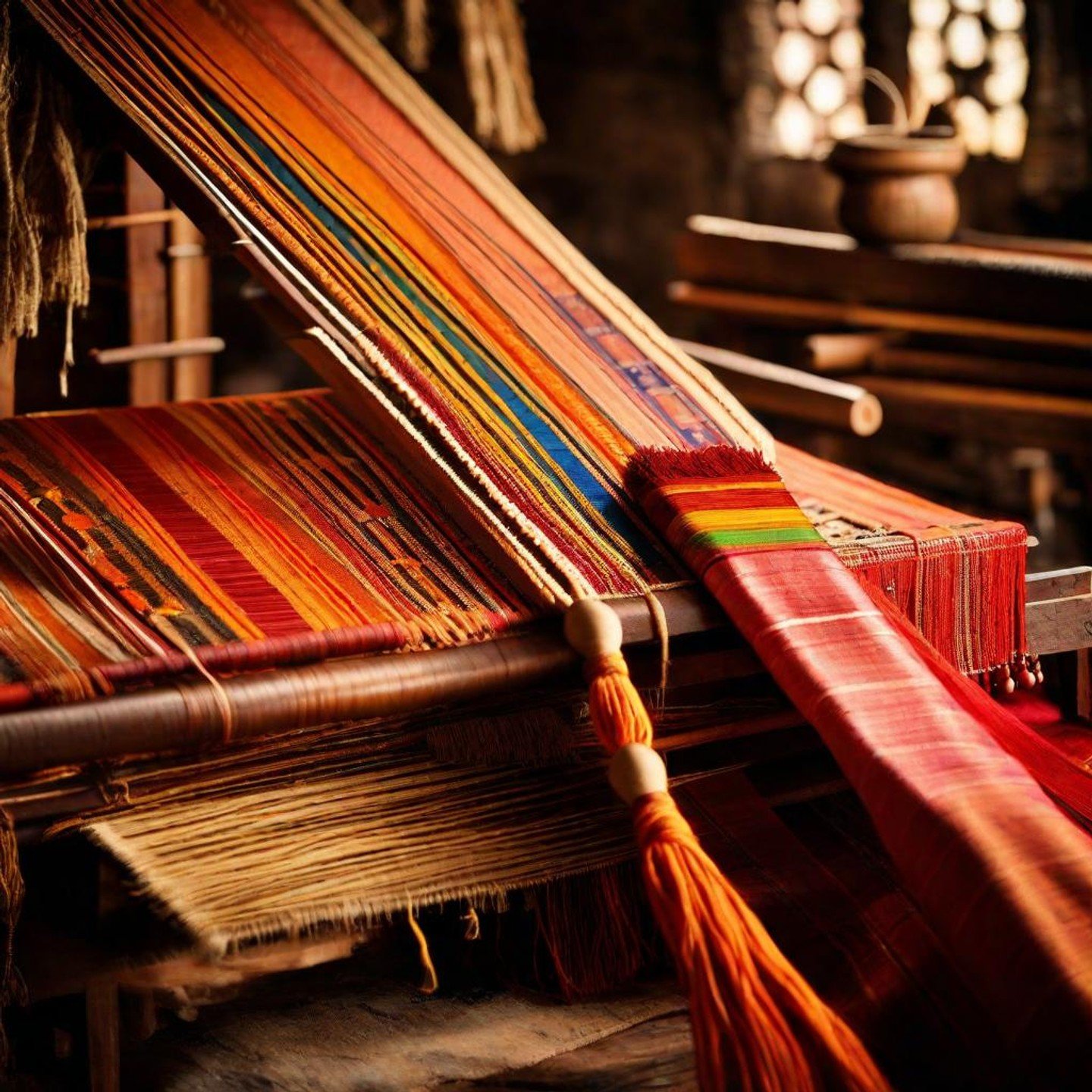Hey there, fellow enthusiasts of artistry and tradition! Today, let’s embark on a colorful journey through the captivating history of handloom weaving. From ancient times to the modern era, the intricate threads of handloom have woven their way into the very fabric of our culture and heritage. So, grab a cup of chai and join me as we explore the rich tapestry of India’s weaving traditions.
Ancient Beginnings
In the annals of history, the origins of handloom weaving date back to ancient civilizations. Imagine yourself transported to the banks of the mighty river Indus, where our ancestors first began to spin yarn and weave cloth thousands of years ago. Here are some key points to consider:
- Indus Valley Civilization: Evidence suggests that handloom weaving was practiced as early as 3000 BCE in the Indus Valley, where skilled artisans crafted intricate textiles using rudimentary looms.
- Influence of Vedic Period: During the Vedic period, weaving gained even greater significance, with references to various types of fabrics and weaving techniques found in ancient texts like the Rigveda and Atharvaveda.
The Golden Age of Handloom
Fast forward to the medieval era, and we find ourselves amidst the splendor of India’s golden age of handloom weaving. This period witnessed a flourishing of artistic expression and innovation in textile production:
- Mughal Empire: Under the patronage of the Mughal emperors, handloom weaving reached new heights of sophistication and elegance. Luxurious fabrics such as brocade, muslin, and jamdani adorned the courts of Delhi, Agra, and Lahore.
- Regional Variations: Across the length and breadth of the subcontinent, diverse weaving traditions flourished, each imbued with its own unique patterns, motifs, and techniques. From the vibrant ikat weaves of Odisha to the intricate kantha embroidery of Bengal, the richness of India’s textile heritage knew no bounds.
Colonial Impact and Revival
The advent of colonial rule in India brought significant changes to the handloom industry, but it also sparked a movement to preserve and revive traditional weaving practices:
- British Rule: The British East India Company’s policies had a profound impact on India’s textile economy, leading to the decline of handloom weaving in favor of machine-made textiles.
- Swadeshi Movement: In response to British exploitation, Mahatma Gandhi and other leaders championed the Swadeshi movement, advocating for the use of locally produced handloom fabrics as a symbol of self-reliance and national pride.
- Post-Independence Resurgence: Following independence, efforts were made to revive the handloom sector through initiatives such as the formation of cooperatives, skill development programs, and promotion of handcrafted textiles in domestic and international markets.
Modern Renaissance
Today, as we stand on the threshold of the 21st century, handloom weaving continues to evolve and adapt to the challenges of a globalized world. Here’s a glimpse of the ongoing renaissance in India’s handloom industry:
- Innovation and Sustainability: Contemporary weavers are embracing technology and sustainable practices to create eco-friendly fabrics that appeal to modern consumers.
- Cultural Heritage Preservation: Organizations and individuals are working tirelessly to document, preserve, and promote India’s diverse weaving traditions, ensuring that they endure for generations to come.
- Global Recognition: Indian handloom textiles have garnered international acclaim for their exquisite craftsmanship and timeless beauty, finding their way onto fashion runways and into the wardrobes of style-conscious connoisseurs worldwide.
So, dear readers, as we conclude our journey through the history of handloom weaving, let us remember that each thread carries within it a story—a story of resilience, creativity, and the enduring spirit of our ancestors. As we continue to weave the fabric of our shared heritage, may we honor their legacy and celebrate the timeless artistry of handloom. Until next time, happy weaving!




Leave a Comment